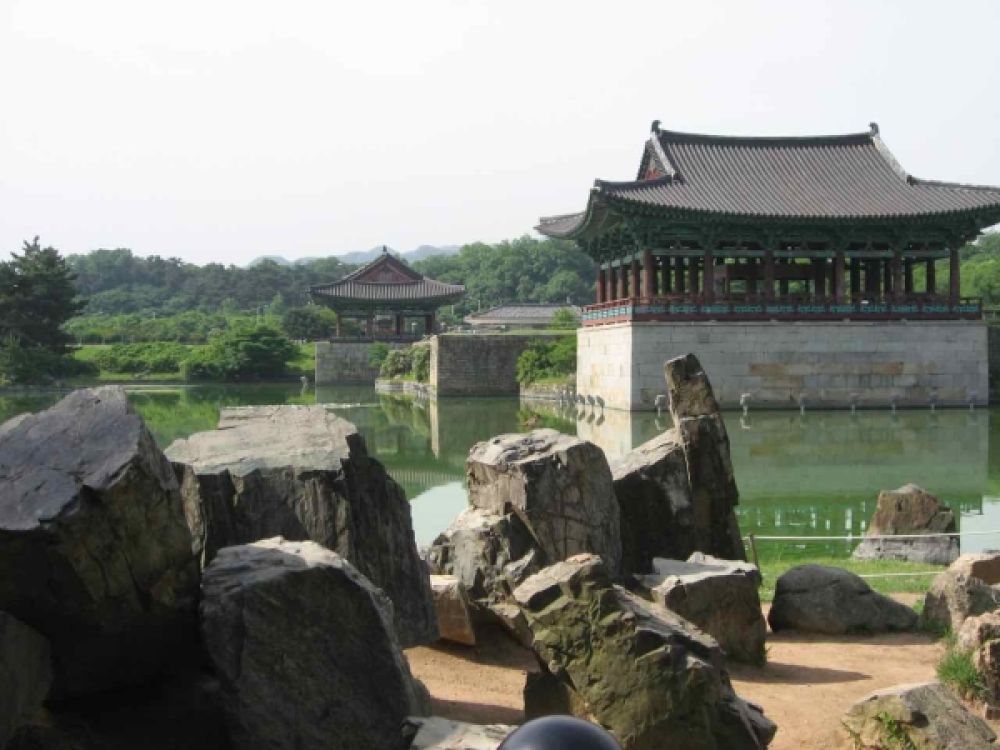

The ancient city of Gyeongju, once the capital of the Silla Kingdom, is rich in history and culture, which extends to its unique culinary traditions. The region is known for its uses of local ingredients and traditional methods of preparation that have been passed down through generations. Gyeongju's food culture is strongly tied to its historical status as a royal city, where royal court cuisine developed and flourished. Many traditional Korean foods that we know today have their roots in the city's historic past. Additionally, Gyeongju is known for its distinctive local specialties such as Hwangnam-bbang (a sweet red bean pastry) and Chalboribbang (a type of glutinous rice cake).
In summary, Gyeongju offers a rich tapestry of traditional foods that reflect its historical significance. From sweet red bean pastries to wrap-your-own ssambap, there is a range of flavors to explore, including many vegetarian options. The listed restaurants provide an authentic taste of regional cuisine, making Gyeongju Historic Areas a must-visit destination for food enthusiasts.